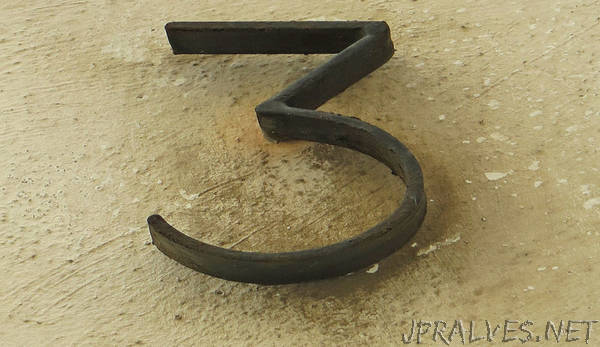
“HTTP is switching to a protocol layered on top of UDP.
The next version of the Hypertext Transfer Protocol (HTTP)—the network protocol that defines how browsers talk to Web servers—is going to make a major break from the versions in use today.
Today’s HTTP (versions 1.0, 1.1, and 2) are all layered on top of TCP (Transmission Control Protocol). TCP, defined as part of the core set of IP (Internet Protocol) layers, provides reliable, ordered, and error-checked delivery of data over an IP network. “Reliable” means that if some data goes missing during transfer (due to a hardware failure, congestion, or a timeout), the receiving end can detect this and demand that the sending end re-send the missing data; “ordered” means that data is received in the order that it was transmitted in; “error-checked” means that any corruption during transmission can be detected.
These are all desirable properties and necessary for a protocol such as HTTP, but TCP is designed as a kind of one-size-fits-all solution, suitable for any application that needs this kind of reliability. It isn’t particularly tuned for the kinds of scenarios that HTTP is used for. TCP requires a number of round trips between client and server to establish a connection, for example; using SSL over TCP requires subsequent round trips to establish the encrypted connection. A protocol purpose-built for HTTP could combine these negotiations and reduce the number of round trips, thereby improving network latency.
The opposite
In its continued efforts to make Web networking faster, Google has been working on an experimental network protocol named QUIC: “Quick UDP Internet Connections.” QUIC abandons TCP, instead using its sibling protocol UDP (User Datagram Protocol). UDP is the “opposite” of TCP; it’s unreliable (data that is sent from one end may never be received by the other end, and the other end has no way of knowing that something has gone missing), and it is unordered (data sent later can overtake data sent earlier, arriving jumbled up). UDP is, however, very simple, and new protocols are often built on top of UDP.
QUIC reinstates the reliability and ordering that TCP has but without introducing the same number of round trips and latency. For example, if a client is reconnecting to a server, the client can send important encryption data with the very first packet, enabling the server to resurrect the old connection, using the same encryption as previously negotiated, without requiring any additional round trips.
The Internet Engineering Task Force (IETF—the industry group that collaboratively designs network protocols) has been working to create a standardized version of QUIC, which currently deviates significantly from Google’s original proposal. The IETF also wants to create a version of HTTP that uses QUIC, previously referred to as HTTP-over-QUIC or HTTP/QUIC. HTTP-over-QUIC isn’t, however, HTTP/2 over QUIC; it’s a new, updated version of HTTP built for QUIC.
Accordingly, Mark Nottingham, chair of both the HTTP working group and the QUIC working group for IETF, proposed to rename HTTP-over-QUIC to HTTP/3, and the proposal seems to have been broadly accepted. The next version of HTTP will have QUIC as an essential, integral feature, such that HTTP/3 will always use QUIC as its network protocol.”
